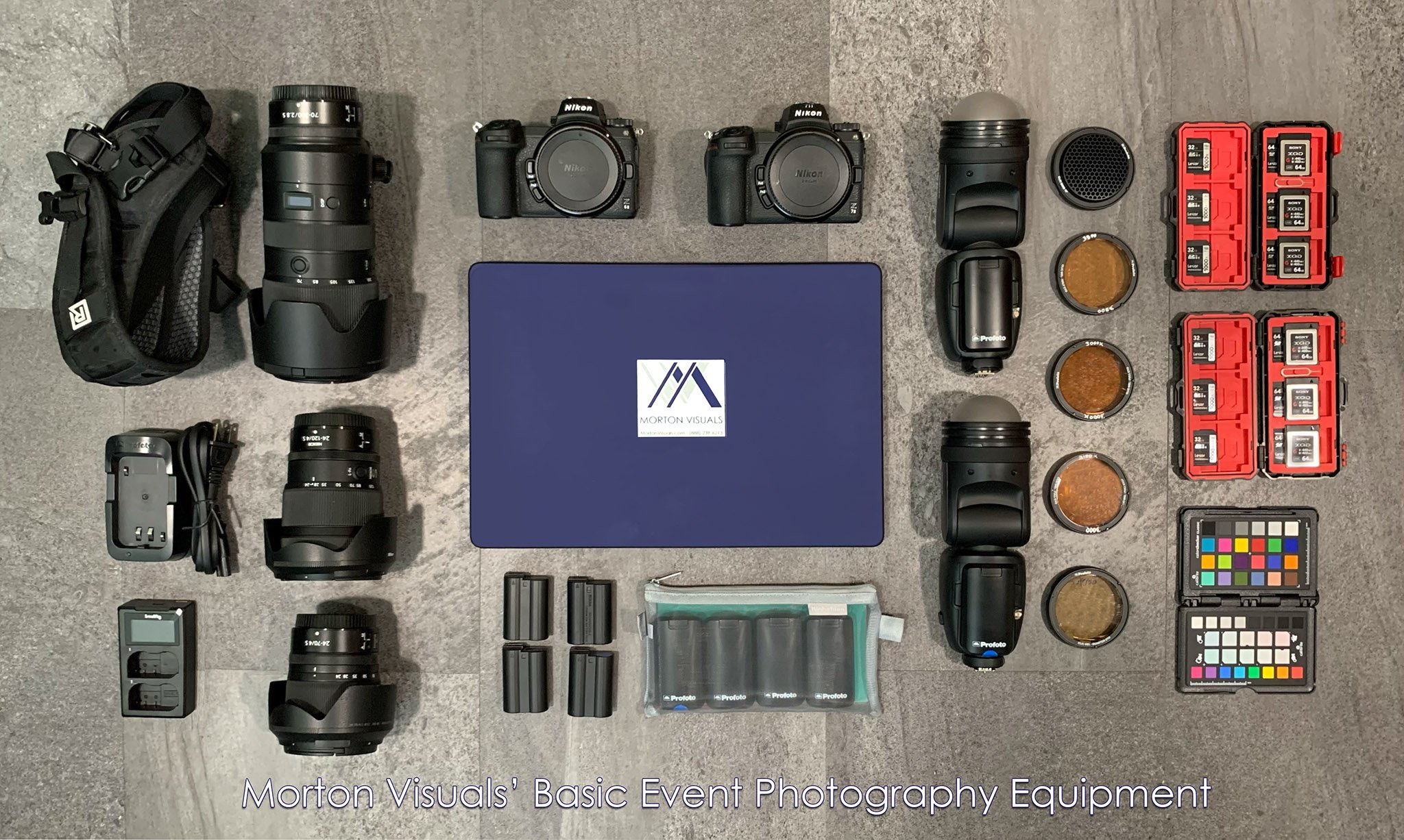Introduction

Event photography is a challenging yet rewarding genre that requires capturing the essence and atmosphere of various occasions. However, the process doesn’t end with clicking the shutter button. Post-processing plays a crucial role in enhancing and refining event photos, allowing photographers to deliver stunning images that truly capture the spirit of the event. In this blog post, we will explore some essential post-processing techniques that can take your event photos to the next level.
1. Understanding the Importance of Post-Processing
Event photography captures special moments and memories that are cherished by individuals and organizations. However, the raw images straight out of the camera may not always meet the desired quality and aesthetic standards. This is where post-processing techniques come into play, allowing photographers to enhance and refine their event photos.
2. Sorting and Organizing
Before diving into the post-processing stage, it is crucial to sort and organize your event photos. Create a folder structure that makes it easy to locate specific images. Delete any duplicates or blurry shots to save time during the editing process.
3. Adjusting Exposure and White Balance
One of the fundamental post-processing techniques is adjusting exposure and white balance. Correcting exposure ensures that the image is neither too bright nor too dark, while adjusting white balance helps in achieving accurate colors. Use software tools like Adobe Lightroom or Capture One to fine-tune these settings.
4. Enhancing Colors and Saturation
Event photos often benefit from vibrant and eye-catching colors. Use the saturation and vibrance sliders in your editing software to enhance the colors without making them look unnatural. Be careful not to overdo it, as it can result in an unrealistic appearance.
5. Sharpening and Noise Reduction
To make your event photos appear crisp and clear, apply sharpening techniques. This helps to enhance the details and make the subject stand out. Additionally, reduce noise in the image, especially in low-light situations, to improve overall image quality.
6. Cropping and Straightening
Cropping and straightening are essential techniques to improve the composition of your event photos. Remove any distracting elements by cropping the image and ensure that the horizon is straight. This helps to create a more visually appealing and balanced photograph.
7. Retouching and Removing Blemishes
During events, it’s common for subjects to have minor imperfections or blemishes. Use retouching tools to remove these distractions and create a polished look. Be cautious not to overdo retouching, as it should still maintain a natural appearance.
Summary
Post-processing techniques are essential for event photographers to enhance and refine their images, ensuring they truly capture the essence of the occasion. In this blog post, we will cover various techniques that can help you elevate your event photos. From adjusting exposure and color balance to applying selective edits and retouching, these techniques will enable you to create stunning images that leave a lasting impression. Whether you’re photographing weddings, corporate events, or parties, mastering these post-processing techniques will help you deliver exceptional results and stand out as a skilled event phot check out this site ographer.
- Q: What is post-processing?
- A: Post-processing refers to the editing and enhancing of photos after they have been taken. It involves adjusting various aspects such as brightness, contrast, color balance, and cropping to improve the overall quality of the image.
- Q: Why is post-processing important for event photos?
- A: Post-processing allows photographers to correct any flaws or imperfections in the photos, enhance the colors and details, and create a more visually appealing final result. It helps to bring out the best in the captured moments and make them more memorable.
- Q: What are some common post-processing techniques for event photos?
- A: Some common post-processing techniques include adjusting exposure, white balance, and saturation levels, applying selective editing to specific areas, removing blemishes or distractions, sharpening the image, and adding creative effects or filters.
- Q: Which software can be used for post-processing event photos?
- A: There are several software options available for post-processing event photos, such as Adobe Photoshop, Lightroom, Capture One, and GIMP. These tools offer a wide range of editing features and flexibility to achieve desired results.
- Q: How can I learn post-processing techniques for event photos?
- A: You can learn post-processing techniques through online tutorials, photography forums, workshops, or by experimenting with different editing tools and settings. Practice and experimentation are key to developing your own unique style and mastering post-processing techniques.
- Q: Should I always post-process event photos?
- A: Post-processing is not mandatory, but it can significantly enhance the quality and impact of your event photos. It allows you to correct any technical issues and bring out the best in your images. Ultimately, the decision to post-process or not depends on your personal preference and the desired outcome.

Hello, and welcome to my website! My name is Dylan Buckingham, and I am a professional Historical Birthday Banner Designer. With a passion for history and a love for design, I have combined these two interests to create unique and personalized birthday banners that celebrate the past in a modern and creative way.


